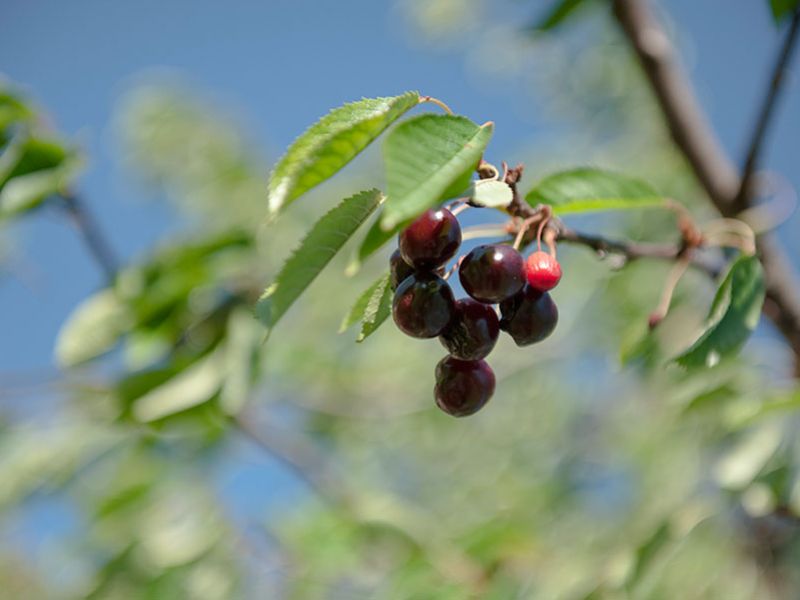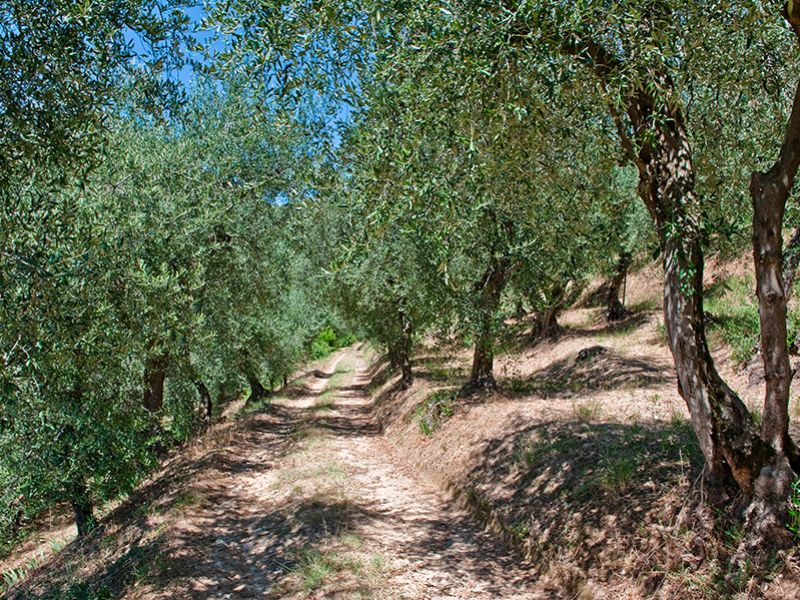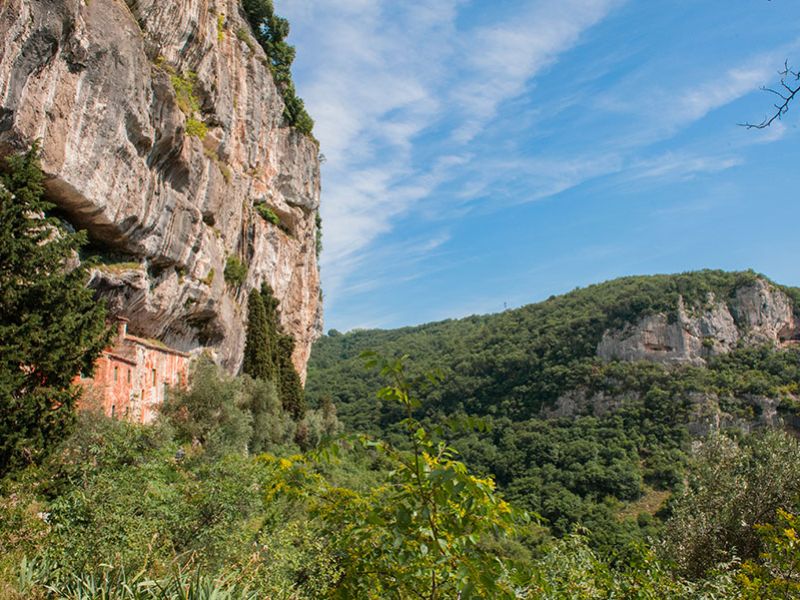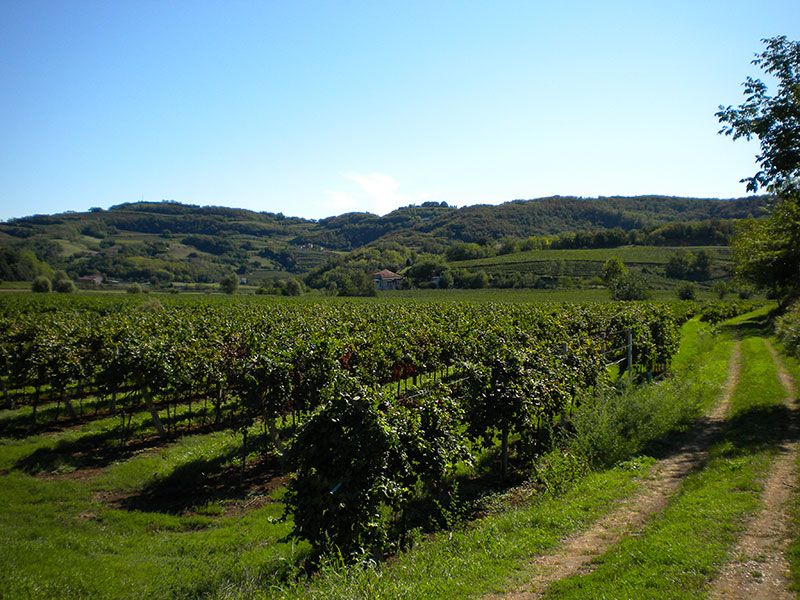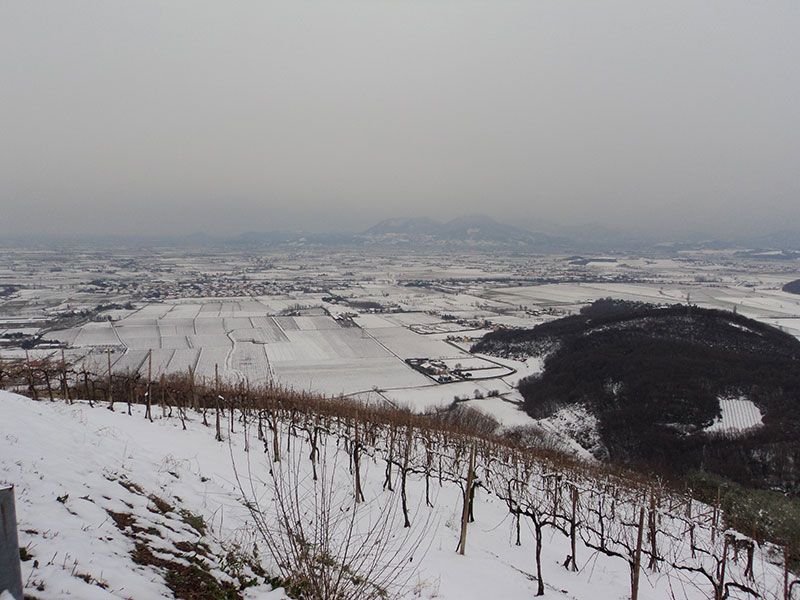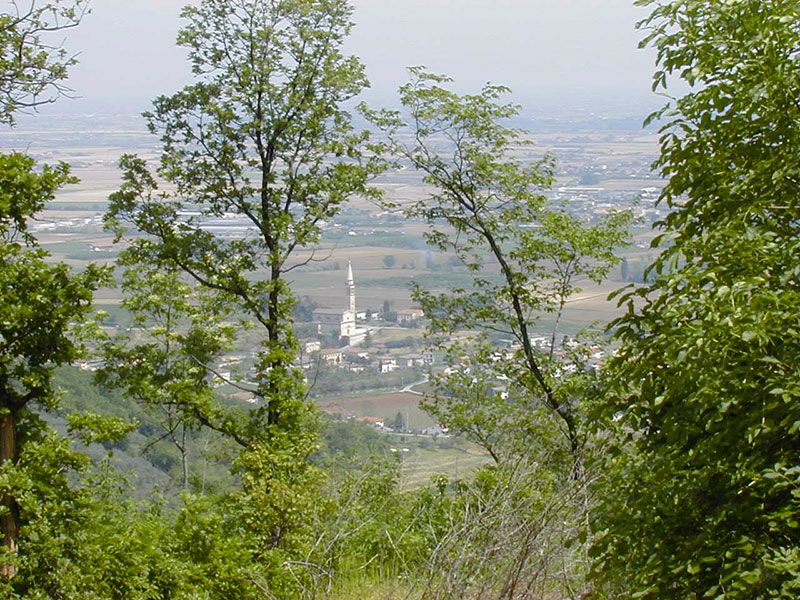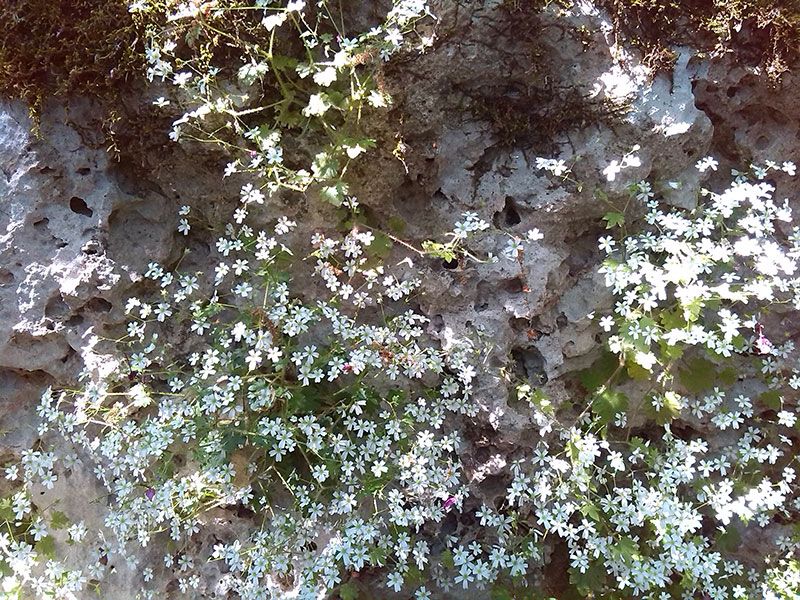Flora
Berici Hills flora is characterized by the huge variety of different species: many are thermophile, that is, plants that grow in a warm climate; others are microthermal, that is, plants that usually grow in a climate much colder then that that it ever gets even on Berici Hills' highest rises.
This peculiar situation is due to the weather changes that have occured in Berici Hills during the last million years: during Quaternary Ice Age there were in Berici Hills many microthermal species that today are common in nearby Prealps like weeping birch or Betula pendula, pasqueflower or Pulsatilla montana and the bishop's hat or Epimedium alpinum.
As the weather and climate conditions improved, Berici Hills were colonized by new species, some of them mesophile and others even thrmophile. Specimen of both Ice-Age and After-Ice-Age plants survived in sparse berici Hills favourable locations, where they can still be found today, real relics of thousands and millions of years agon.
Less dramatic climate changes during the post-Ice Age period caused the spreading of Oceanic-environment secies (like spurge-laurel or Daphne laureola), that can nowadays be found only in the most humid dales, and continental-steppe species that live in the most arid and sun-exposed areas (like feather grass or Stipa pennata).
Berici Hills flora is classified according to the peculiar Berici Hills environmental area they grow in, although in reality these areas are not that easy to tell, since their characteristics often overlap. The first of these areas is the steep Oligocene limestone cliffs that go from Lumignano to S.Donato di Villaga, where Karst phenomena are especially conspicuous. On these steep and arid slopes there grow only few tree-specis, like snowy mespilus (Amelanchier ovalis), the turpentine tree (Pistacia terebinthus), the smoketree (Cotinus coggygria) and the nettle tree (Celtis australis). In Lumignano you can also find the rare wjite-flowered Saxifraga berica, the only Berici Hills endemic species.
Those areas of this rocky environment that have the most heavily manipulated by people during the centuries, especially because of the constant cutting down of trees and subsequent washing away of the soil, now house xerothermophile thickets, with species like the Jerusalem thorn (Paliurus spina-christi), St Lucie's charry (Prunus mahaleb), the prickly asparagus (Asparagus acutifolius), Fraxinus ornus and the downy oak (Quercus pubescens).
As we climb higher and higher up the hills, the thicket gives way to downy-oak woods along with hornbeams (Ostrya carpiniflolia), field maples (Acer campestre), Turkish oaks (Quercus cerris) and spindles (Euonymus europaeus). On the plateaux and in those areas where the soil is deeper and the temperature is lower, hornbeams are more numerous then downy oaks: this is the most widespread forestal environment in Berici Hills.
In oak-hornbeam wood thermophile species tend to disappear and to give way to hazels (Corilus avellana) and other mesophile species: Daphne mezereum, hawthorn (Crataegus laevigata), sycamores and chestnut trees (Castanea satíva). Real chestnut-woods, survived since Quaternary Inter-Ice-Age in a few sheltered zones, and then cultivated by man, can still be found in Northernmost Berici Hills. Chestnut is usually accompanied by medlars (Mespilus germanica), hawthorns, wild cherries (Prunus avius) and beeches (Fagus sylvatica) Chestnuts grow in cool, deep-soiled habitats, along with hornbeams, medlars (Mespilus germanica), hawthorns, wild cherries (Prunus avium) and extremely rare beeches (Fagus sylvatica).
At the feet of Berici Hills, especially in the North-East (Vai Bassona, Breganzola, Valli di Sant''Agostino) we find the very rare English oak (Quercus robur)- black hornbeam-wood. Mostly along the more or less deep streams that run all around Berici Hills there is the very humid and little sun-lit forra-habitat. In the northern shady valleys you can find the large-leaved lime (Tilia platyphyllos), the wych elm (Ulmus glabra), the elderberry (Sambucus nigra) and the mock-orange (Phiíadelphus coronarius).The flora of the plain that surrounds Berici Hills and also continues into the largest valleys has been deeply modified by men in course of the centuries.
A few humid plain areas (Valli di Sant''Agostino, Val Liona, Valli di Fimon) still harbour some pecularly interesting species: the igrophile hedges, alders (Alnus glutinosa), buckthorns (Rhamnus catharticus), and glossy buckthorns (Frangula alnus), water elders (Vibumus opulus) and grey willows (Salix cinerea).
The most conspicuous intervention of man in the natural environment has been the introduction of exotic species, which have often supplanted local species: this is the case with Platanus hybrida), white mulberrys (Morus alba), paper mulberrys (Broussonetia papyrifera) and especially black locusts (Robinia pseudoacacia). Near towns, main roads and other highly frequented places the original flora has almost everywhere given way to plants like black locusts and ailanthuses (Aílanthus altissima) which have prospered thanks to their adaptability, creating portion of forest that are completely new and unexpected.


